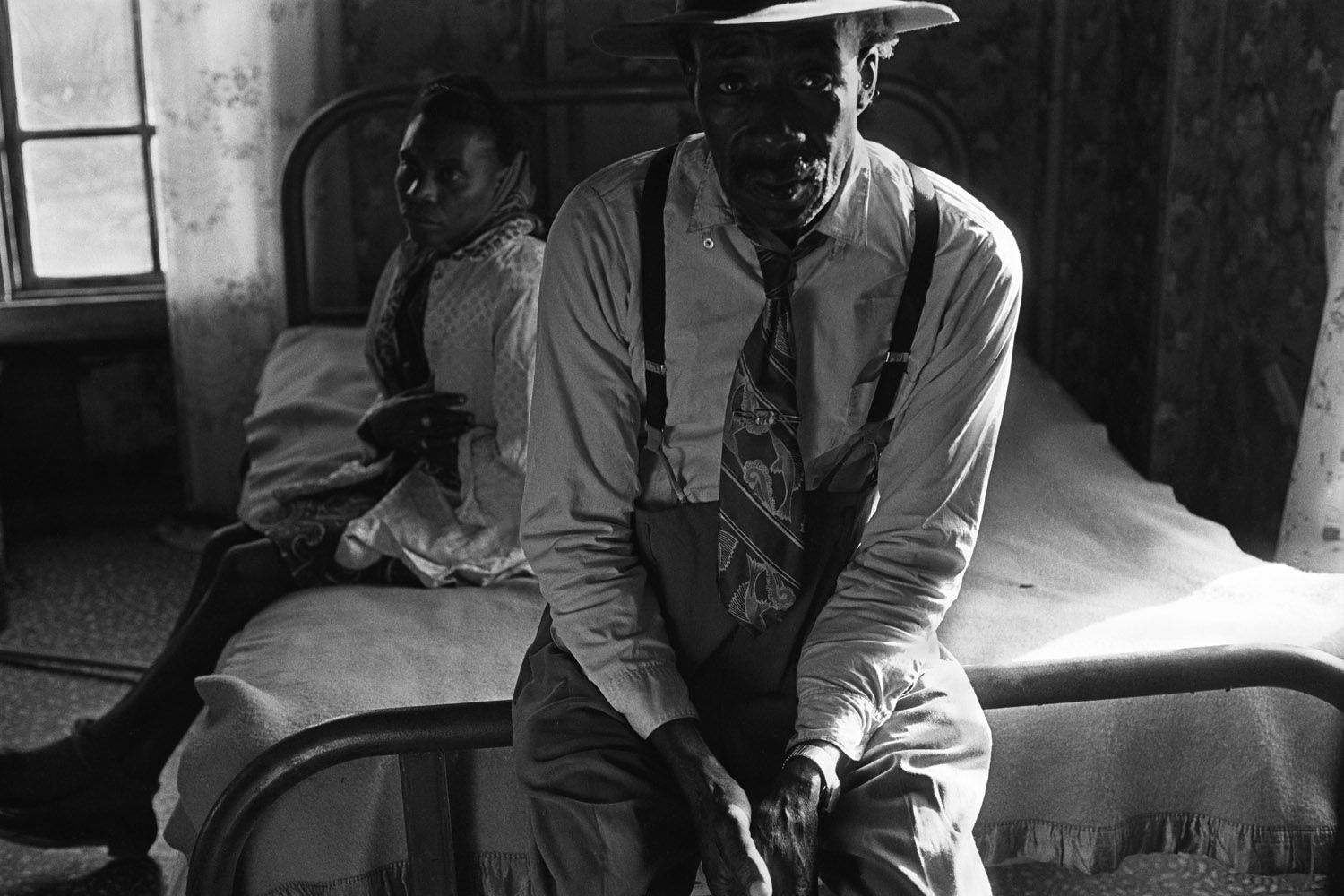
With a recent announcement on the crowd funding platform Kickstarter, award-winning photographer Eugene Richards speaks to LightBox about his latest book, Red Ball of a Sun Slipping Down, and his motivation to self-publish the project. The following text is adapted from a recent email correspondence.
LightBox: Tell us about the book.
Eugene Richards: Red Ball of a Sun Slipping Down speaks of life in the Arkansas delta, a place that I came to know just over forty years ago when I spent more than four years there working first as a VISTA volunteer, then as a social worker and reporter. My book is about what it was like back in the late ’60s, early ’70s, a time when cotton, poverty, and racism shaped people’s lives. This is shown in black-and-white photographs that have never been published before. But the book is also about the place now, a place that has been called by some the heart of the south. I’ve interwoven recent color work with the black-and-white photographs and a short story that relates my relationship with an impoverished delta woman, but also addresses my own concerns with aging and mortality.
LB: How many years of work does it span?
ER: There are close to 50 photographs in my not-quite-finished design, approximately half black-and-white, half color. The black-and-white photographs were made between 1969 and 1972, although a few of these were made in 1986. All but one of the color photographs were made in 2010.
LB: When did you realize that you have another book?
ER: It was in 2010 that I returned to the delta on assignment for National Geographic. My first impulse was to try to find evidence of what I experienced there during my early years, only to realize that, with a few exceptions, most everyone and everything that I knew was gone. But the memories of my time there persisted. And even as I was photographing for the magazine, it would seem that the past was overlapping the present. But it wasn’t until this past winter that I went back into my black-and-white contact books and found photographs that I had never noticed before, even though in 1973 I authored a book, Few Comforts or Surprises: The Arkansas Delta. First off, and this might sound strange to some, I never made contact sheets back then of the Arkansas work; I didn’t have the money to do so. So going back through the contact sheets that were eventually made in the late ’70s was a kind of discovery. And as I did so, I began to see the relationship between then and now in the delta.
LB: Why are you turning to Kickstarter for support?
ER: I’m very fortunate to have been able to publish as many books as I have, though–and I’m speaking for other photographers here as well–authoring books can be a desperate business. You do them because you have to do them as part of what I guess you call the creative process. But on the other hand, they involve a huge amount of time and expense and small, if any, financial return. I’ve self-published books in the past, most notably Dorchester Days, a book about the neighborhood where I was born and raised. And rather than not have it published at all, I co-published Exploding Into Life, which chronicled my first wife’s battle with breast cancer. Then in 2010, after approaching something like seven publishers, I had no choice but to self-publish War Is Personal, my book which chronicles the human consequences of the Iraq war. So I’m not new to the idea of self-publishing. And because this book is one that encompasses issues of race, poverty, and aging, it’s one that would not be wholly embraced in a business sense by traditional publishers. After being unceremoniously turned down by two publishers that I’ve worked with in the past (who most likely don’t see a profit in it) and after being asked by a couple of others to provide as much as eighty percent of the production costs, I decided to go it alone again. Which may, in the end, be the only way to produce this book in a true-to-the-material and innovative fashion. So for all these reasons, I’m turning to Kickstarter as a way of asking people to assist in the publication of the book.
Eugene Richards is an award-winning American photographer. His last book War is Personal was previously featured on LightBox. TIME recently sent Richards to photograph Guantanamo Bay.
Paul Moakley is the deputy photo editor at TIME. You can follow him on Twitter @paulmoakley.
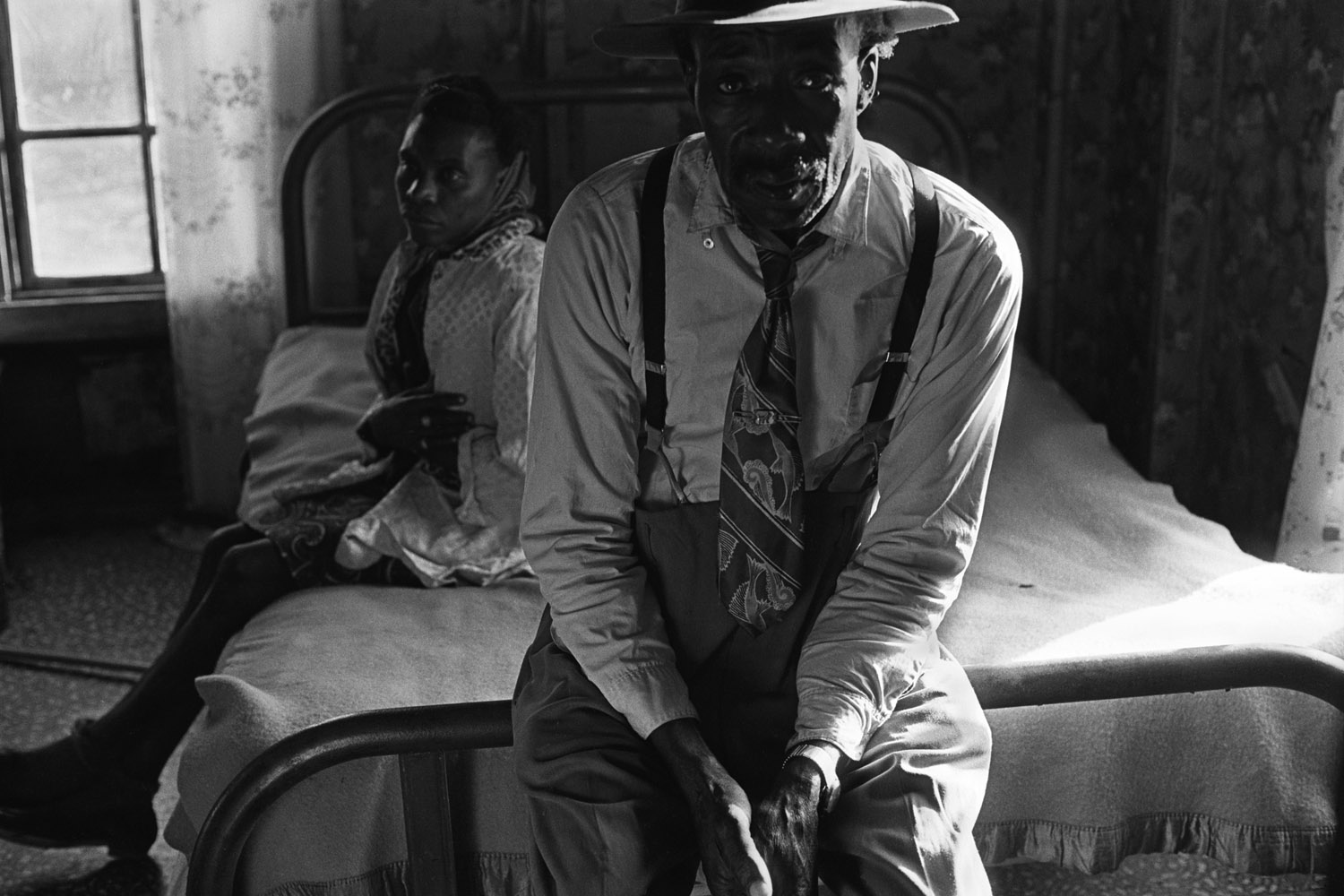
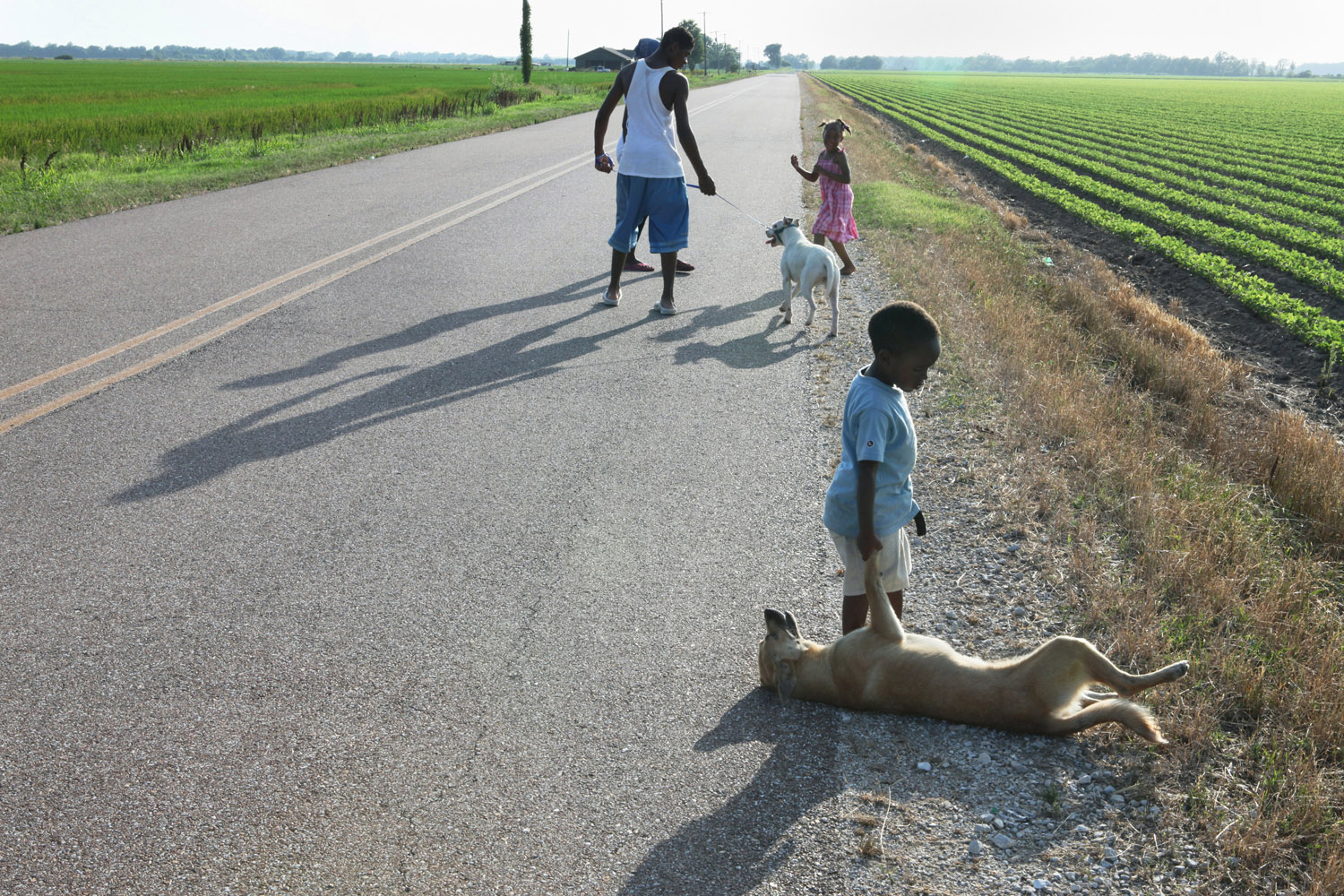

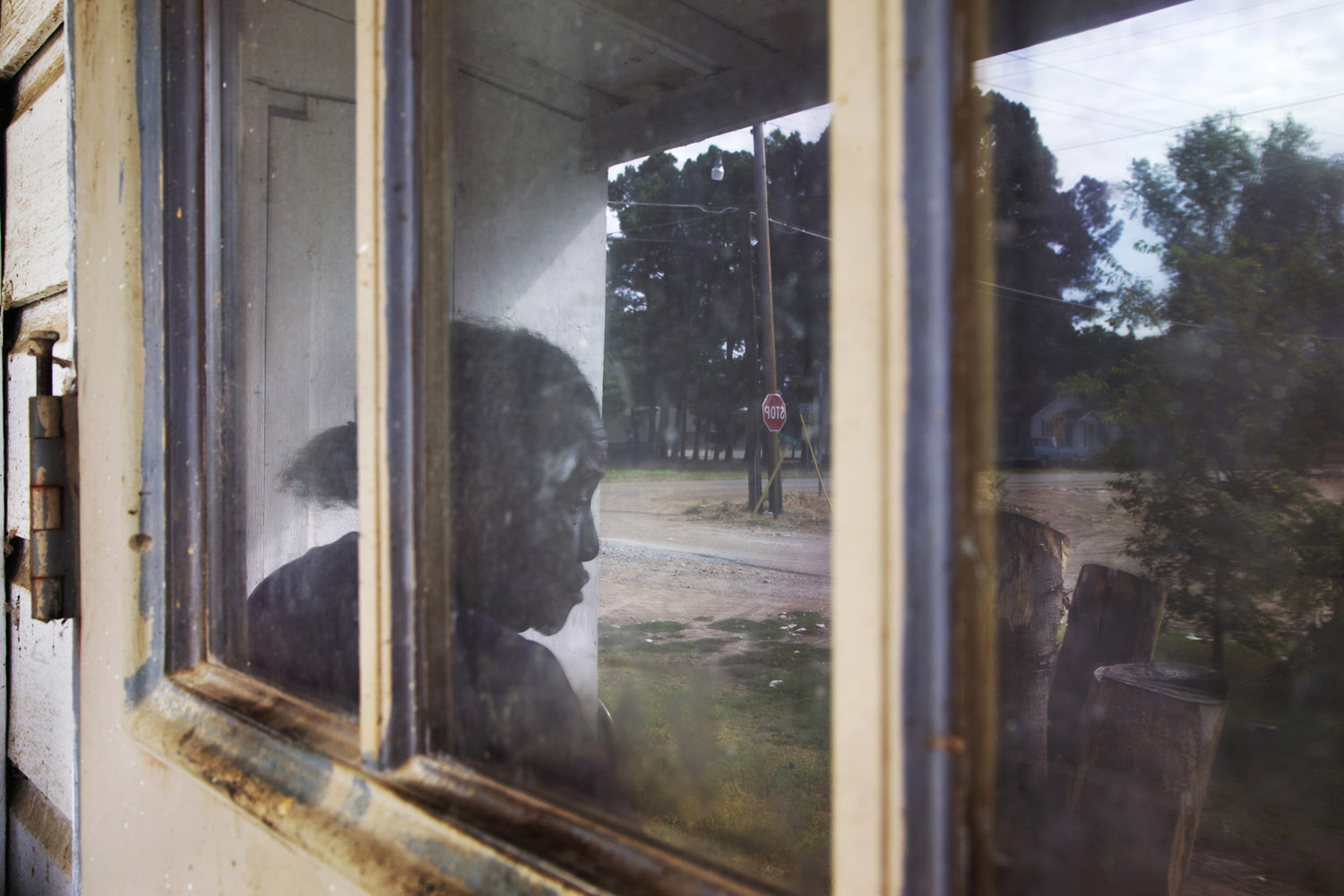


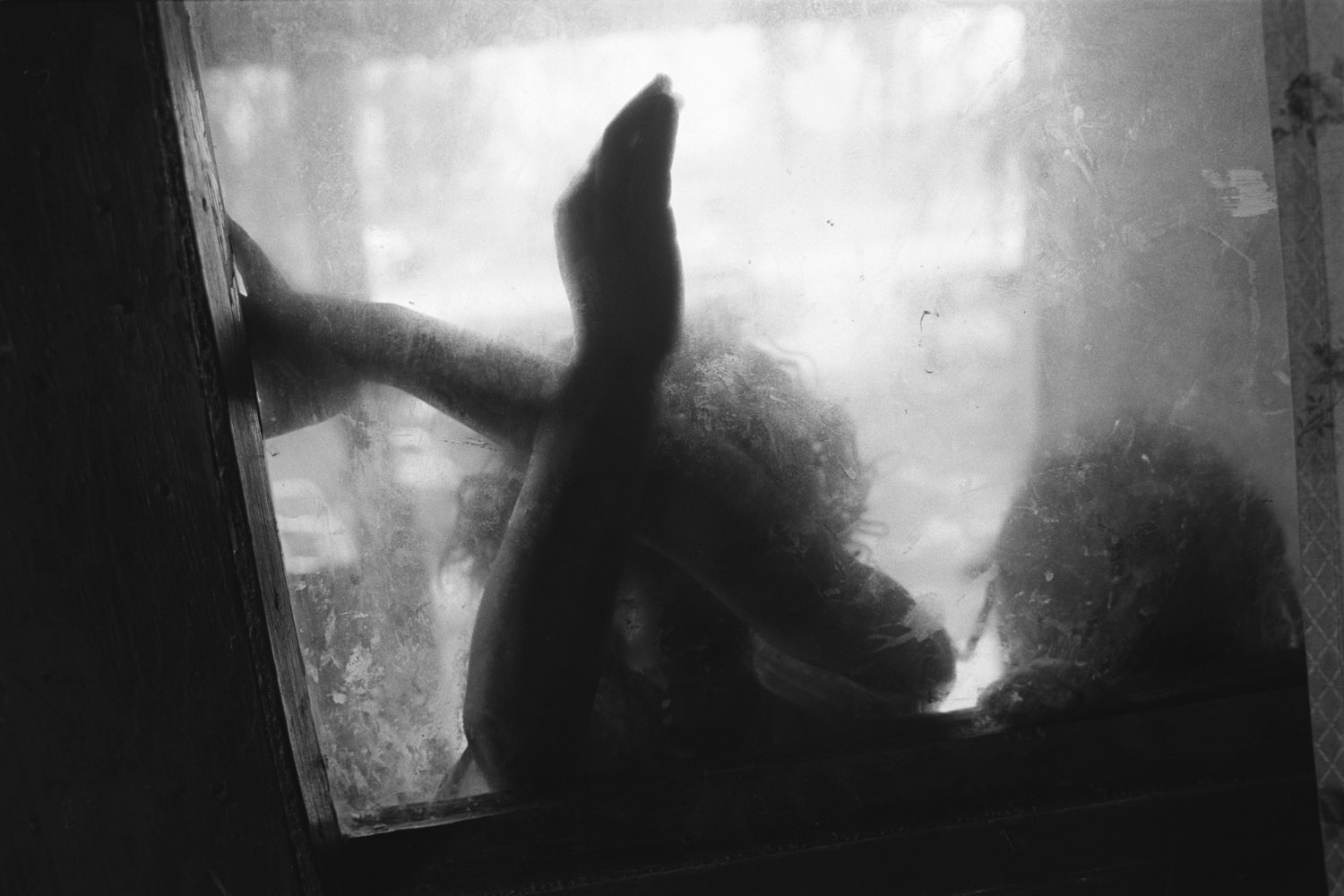
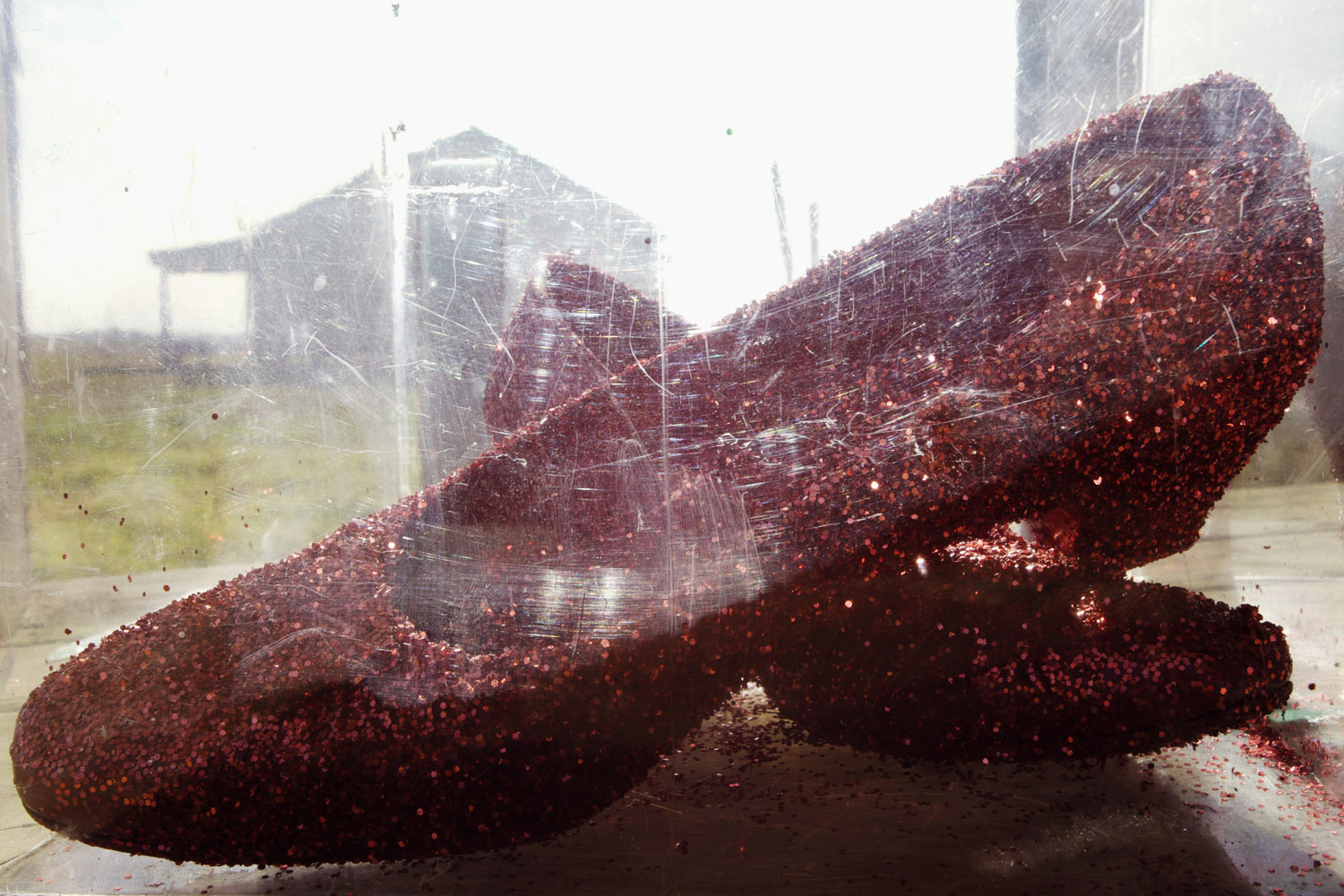

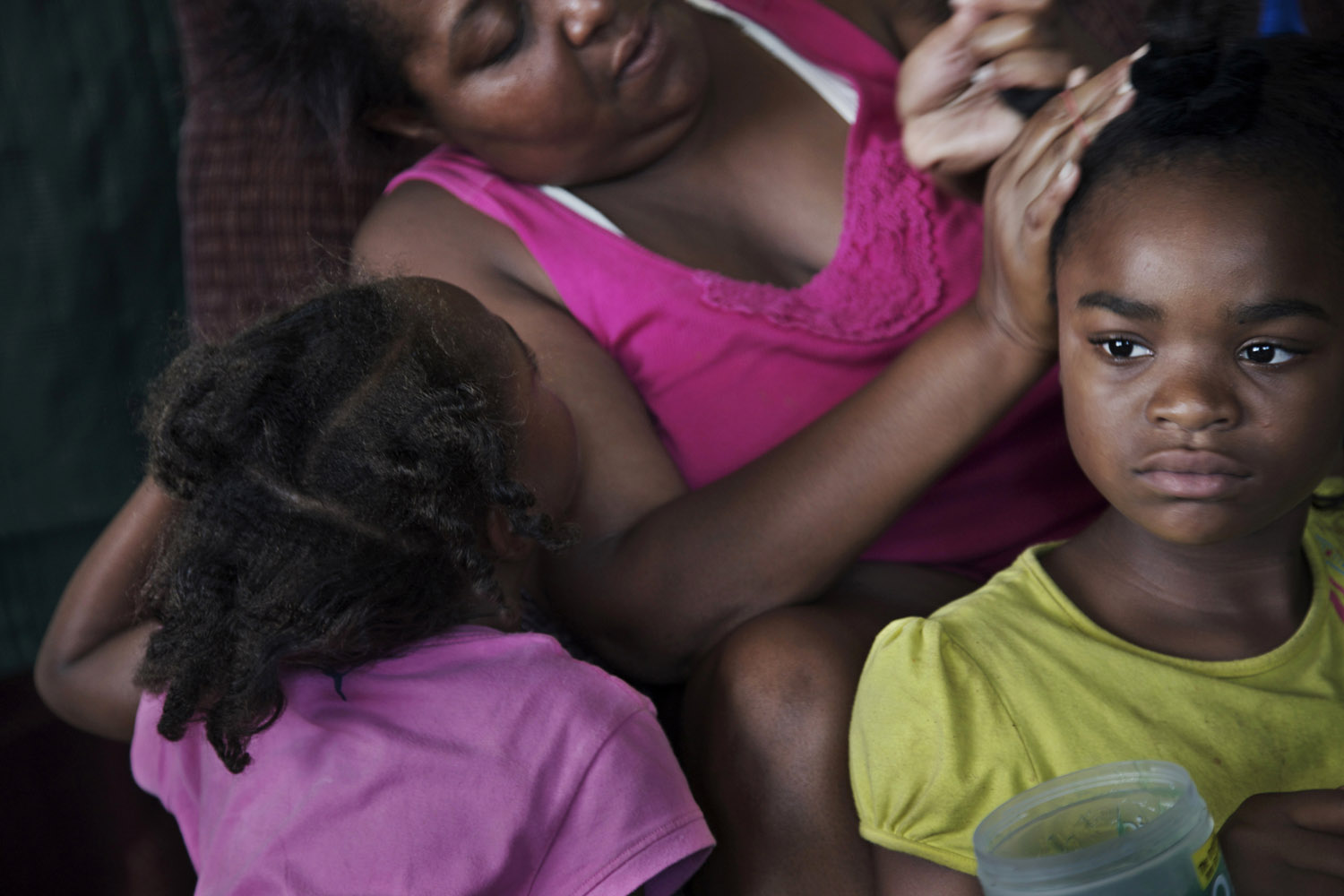

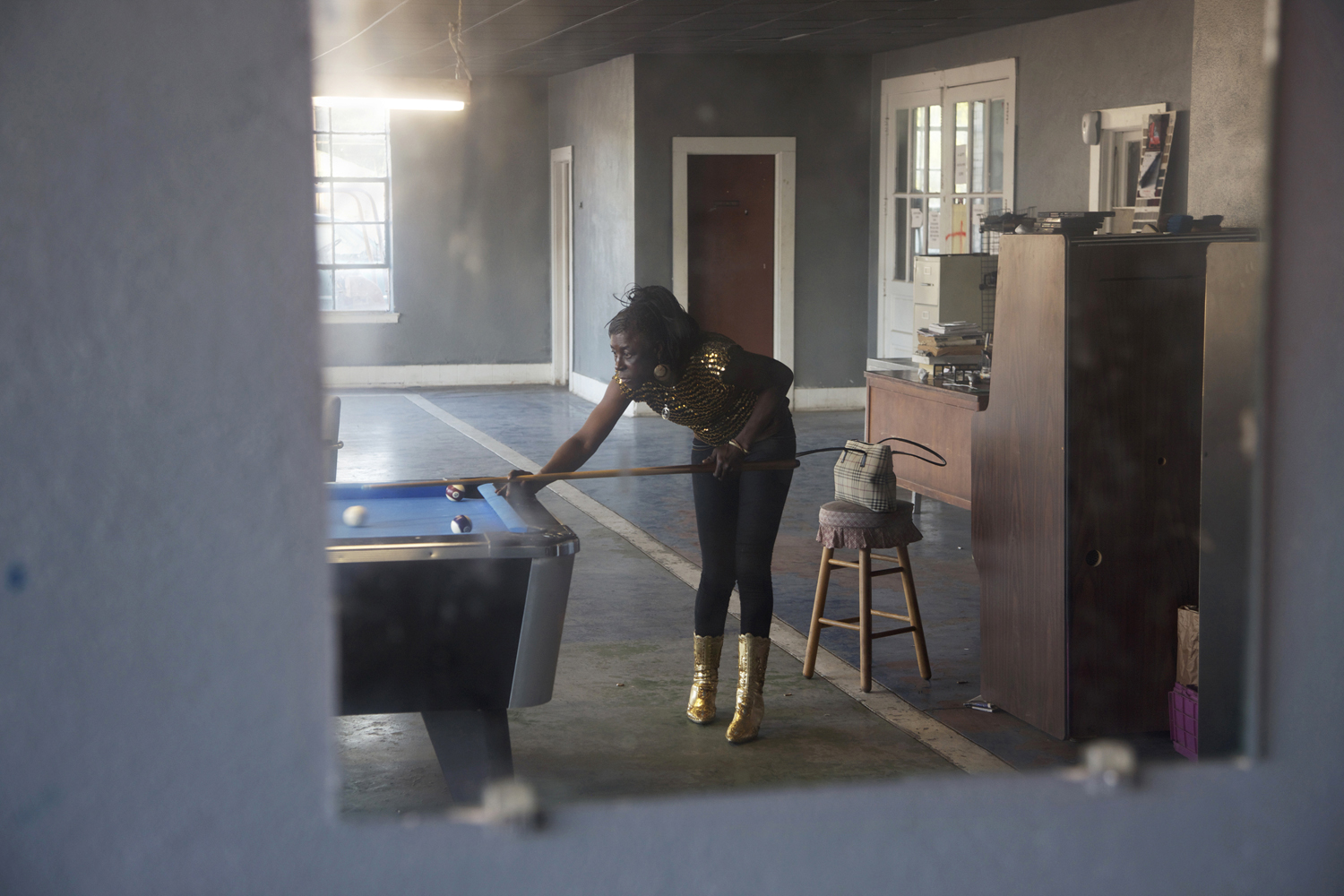
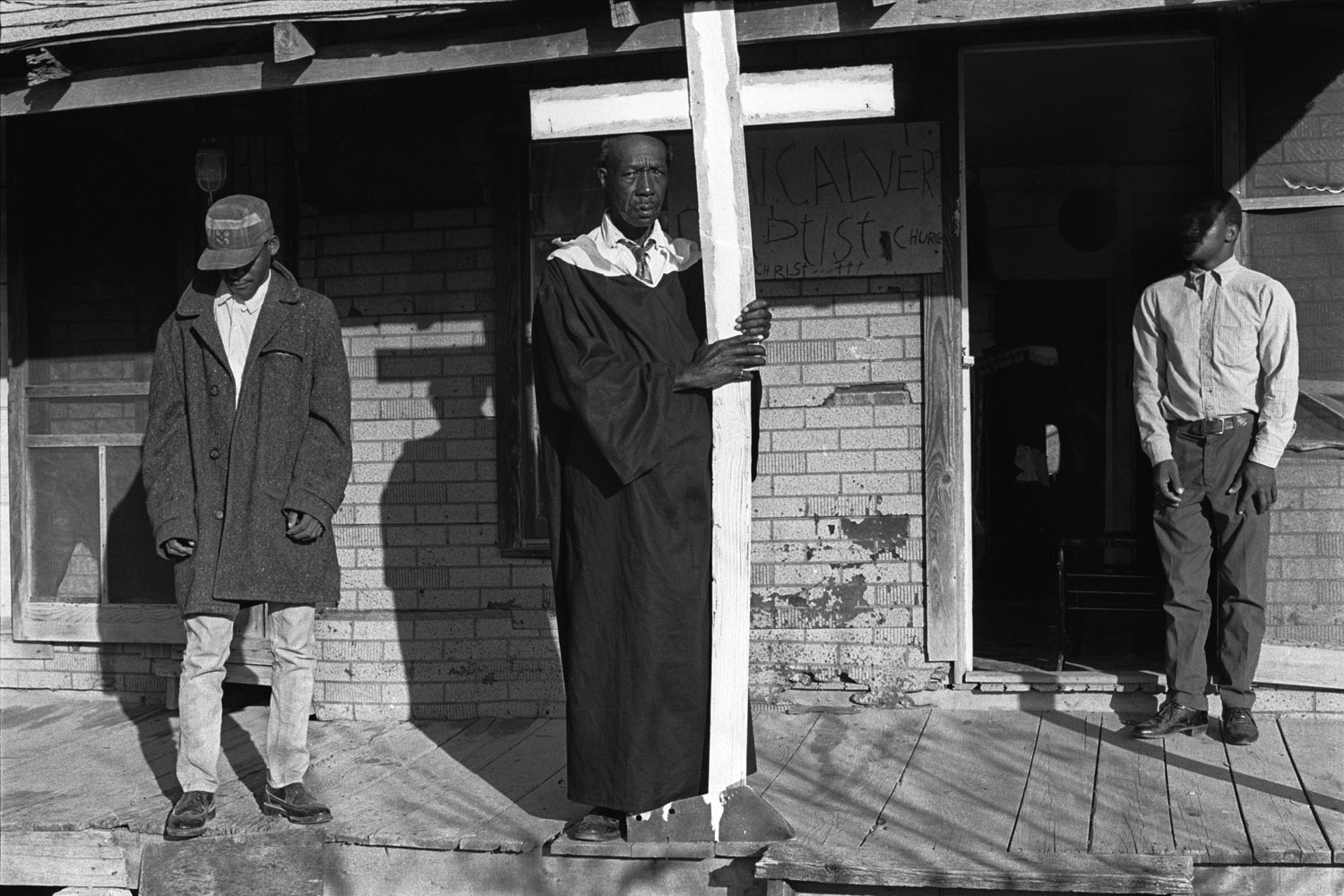
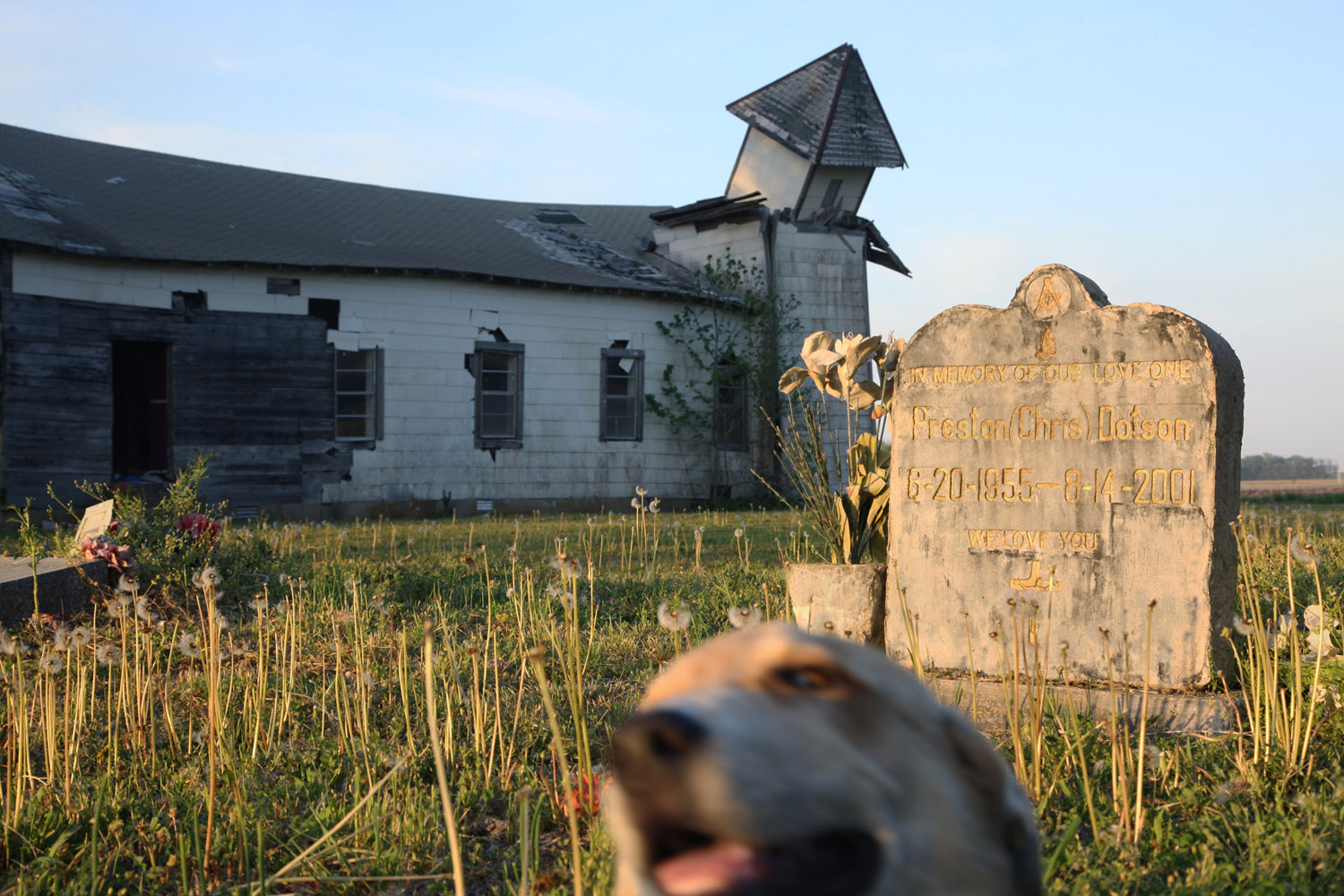
More Must-Reads from TIME
- Why Trump’s Message Worked on Latino Men
- What Trump’s Win Could Mean for Housing
- The 100 Must-Read Books of 2024
- Sleep Doctors Share the 1 Tip That’s Changed Their Lives
- Column: Let’s Bring Back Romance
- What It’s Like to Have Long COVID As a Kid
- FX’s Say Nothing Is the Must-Watch Political Thriller of 2024
- Merle Bombardieri Is Helping People Make the Baby Decision
Contact us at letters@time.com